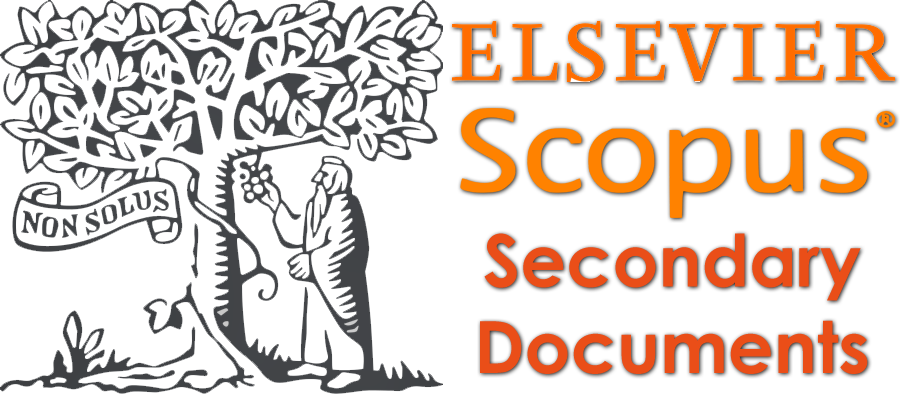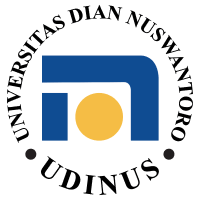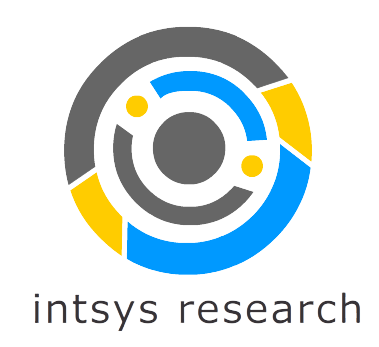- Focus and Scope
- Section Policies
- Peer Review Process
- Open Access Policy
- Archiving
- Publication Ethics
Focus and Scope
Journal of Computing Theories and Applications (JCTA) is a refereed, international journal that covers all aspects of foundations, theories and the practical applications of computer science. FREE OF CHARGE for submission and publication. All accepted articles will be published online and accessed for free. The review process is carried out rapidly, about two until three weeks, to get the first decision. The journal publishes only original research papers in the areas of, but not limited to.
Artificial Intelligence
Big Data
Bioinformatics
Biometrics
Cloud Computing
Computer Graphics
Computer Vision
Cryptography
Data Mining
Fuzzy Systems
Game Technology
Image Processing
Information Security
Internet of Things
Intelligent Systems
Machine Learning
Mobile Computing
Multimedia Technology
Natural Language Processing
Network Security
Pattern Recognition
Quantum Informatics
Signal Processing
Soft Computing
Speech Processing
Special emphasis is given to recent trends related to cutting-edge research within the domain.
Section Policies
Articles
Peer Review Process
All manuscripts undergo a pre-review by the handling editor before being reviewed anonymously by appointed reviewers in a single-blind process, according to their field of expertise. The decision to accept, revise, or decline a manuscript will be communicated in writing via email. Authors are given one month to make revisions based on feedback from reviewers and editors. If additional time is needed or if there are issues with submitting revisions, please contact editorial.jcta@gmail.com.
Open Access Policy
This journal provides immediate open access to its content on the principle that making research freely available to the public supports a greater global exchange of knowledge.
Archiving
This journal utilizes the LOCKSS system to create a distributed archiving system among participating libraries and permits those libraries to create permanent archives of the journal for purposes of preservation and restoration. More...
Publication Ethics
JCTA is focused on publishing high-quality articles dedicated to all aspects of research, issues, and the latest developments in the field of computer science. This scientific publication code of ethics statement was based on the Regulation of the Head of LIPI No. 5 of 2014 concerning the Code of Ethics for Scientific Publications. The publication code of ethics is a norm that must be obeyed by authors who will publish their scientific work in the publication media, including:
- Moral: able to distinguish between good and bad behavior in writing.
- Scientific integrity: upholding scientific principles, essence, and truth not to sacrifice them for any interest.
- Neutrality: free from conflicts of interest in publication management
- Justice: giving authorship rights to those entitled to be authors
- Honesty: free from duplication, fabrication, falsification, and plagiarism (DF2P) in publications.
Duties and Responsibilities of the Editor-in-Chief
- Determine the journal's name, scientific scope, periodicity, and accreditation if necessary.
- Defines editor membership.
- Defining the relationship between publishers, editors, reviewers, and other parties.
- Respect confidential matters for contributing researchers, authors/writers, editors, and reviewers.
- Implement norms and provisions regarding intellectual property rights, especially copyrights.
- Conduct journal policy reviews and submit them to authors, editors, reviewers, and readers.
- Create code of conduct guides for editors and reviewers.
- Publish journal regularly.
- Guarantee the availability of funding sources for the continuation of journal publication.
- Build a network of cooperation and marketing.
- To improve the quality of journals.
- Prepare permits and other legal aspects.
Duties and Responsibilities of Editor
- The editor provides comments on the author's writing so that readers can understand what the author wants to convey, through the comments written on the article.
- The editor provides comments on the author's writing per the language according to the journal's standards.
- The editor seeks to improve the quality of publications on an ongoing basis;
- The editor promotes freedom of opinion objectively,
- The editor submits corrections, clarifications, withdrawals, and apologies when necessary,
- The editor ensures that the author's writing is not related to SARA or anything that can harm the Publisher and coordinates the author's writing to the editor-in-chief of the publisher if the article is slightly controversial.
- The editor receives, reviews, and follows up on complaints from all parties involved in publishing the journal;
- Editors support initiatives to educate researchers on publication ethics,
- The editor does not defend the opinion of the author or third party which may result in an objective decision,
- The editor encourages authors to be able to make improvements to their papers so that they are worthy of publication.
- The editor layouts the articles to be published so that they match the journal template.
- The editor assists the editor-in-chief in finalizing a collection of articles before they are printed and published, especially in terms of language, format and layout.
Duties and Responsibilities of Reviewers
- Provide written feedback that is objective and unbiased regarding the scientific value and contribution of the article to the development of science;
- Indicate whether the article writing is clear, complete, and relevant and whether the article is within the scope of the journal;
- Do not provide criticism or comments that are personal; And
- Maintain the confidentiality of the article by not discussing it with unrelated parties or disclosing the information contained in the article to other parties.
Author Ethics
The code of ethics that must be fulfilled by writers who will publish their scientific articles in JCTA:
- Authors must uphold scientific conduct and understand the benefits/advantages, and risks of published writing.
- Published articles are free from misconduct, including fabrication, falsification of data, and plagiarism/auto plagiarism.
- The author must include adequate citations on all statements, ideas, and data that are not his research results.
- Published articles do not cause conflict with certain parties or have the potential to disturb the community.
- The authors listed in the published articles are truly competent and have significantly contributed to writing the article.
- The author does not double publication the article to be published (double manuscript submission) to journals or other means of publication simultaneously (simultaneously).
- Part or all of the articles published have never been published in other publication media.
- Published articles are original results of the author's research, ideas, or thoughts.
AUTHORSHIP:
Authorship and co-authorship should be based on a substantial intellectual contribution. It is assumed that all authors have had a significant role in the creation of an article that bears their names. Therefore, the list of authors in an article serves multiple purposes; it indicates who is responsible for the work and to whom questions regarding the work should be addressed. Moreover, the credit implied by authorship is often used as a measure of the contributors’ productivity when they are evaluated for employment, promotions, grants, and prizes.
- The JCTA affirms that authorship credit must be reserved for individuals who have met each of the following conditions: (a) Made a significant intellectual contribution to the theoretical development, system or experimental design, prototype development, and/or the analysis and interpretation of data associated with the work contained in the article; (b) Contributed to drafting the article or reviewing and/or revising it for intellectual content; and (c) Approved the final version of the article as accepted for publication, including references.
- The inclusion of deceased persons is deemed appropriate, as authors should be included with a footnote reporting their death.
- In articles with multiple authorship, the order of the authors shall be at the discretion of the authors.
- Once the list and order of authors have been established, the list and order of authors should not be altered without permission of all living authors of that article. Change in the author list is considered rare and exceptional, and the decision to allow such changes rests with the Editor. An exception to such decisions is in the case of a request by an author to change their name.
- Any part of an article essential to its main conclusions must be the responsibility of at least one author. In the case of articles with multiple authors, a “corresponding” author must be designated as having responsibility for overseeing the publication process and ensuring the integrity of the final document. The corresponding author accepts the responsibility for: (a) Including as co-authors all persons appropriate and none inappropriate; (b) Obtaining from all co-authors their assent to be designated as such, as well as their approval of the final version of the article as accepted for publication; and (c) Keeping all co-authors apprised of the current status of an article submitted for publication, including furnishing all co-authors with copies of the reviewers’ comments and a copy of the published version, as appropriate.
- Co-authors have responsibility for work submitted under their names. They should remain knowledgeable in so far as possible regarding the contents and status of the article, including the nature of any revisions.
- If an article is revised, coauthors should be asked by the corresponding author to reaffirm their assent to be listed as co-authors and to approve the revised version. In addition, if the article is rejected or withdrawn from a journal and then submitted to a different journal, the co-authors should be asked again by the corresponding author to affirm their assent to authorship even if no substantive changes have been made.
- Co-authors added at any time during the review process shall satisfy the requirements of authorship outlined in point 1, and the corresponding author shall notify the responsible editor regarding the addition of co-authors.
- A co-author has the right to withdraw that person’s name from an article at any time before acceptance of the article by an editor. The corresponding author shall notify the responsible editor regarding the removal of co-authors.
If the article has been accepted, the author must fill out an Author Statement regarding the Code of Ethics for Scientific Publications, which the corresponding author signs.





